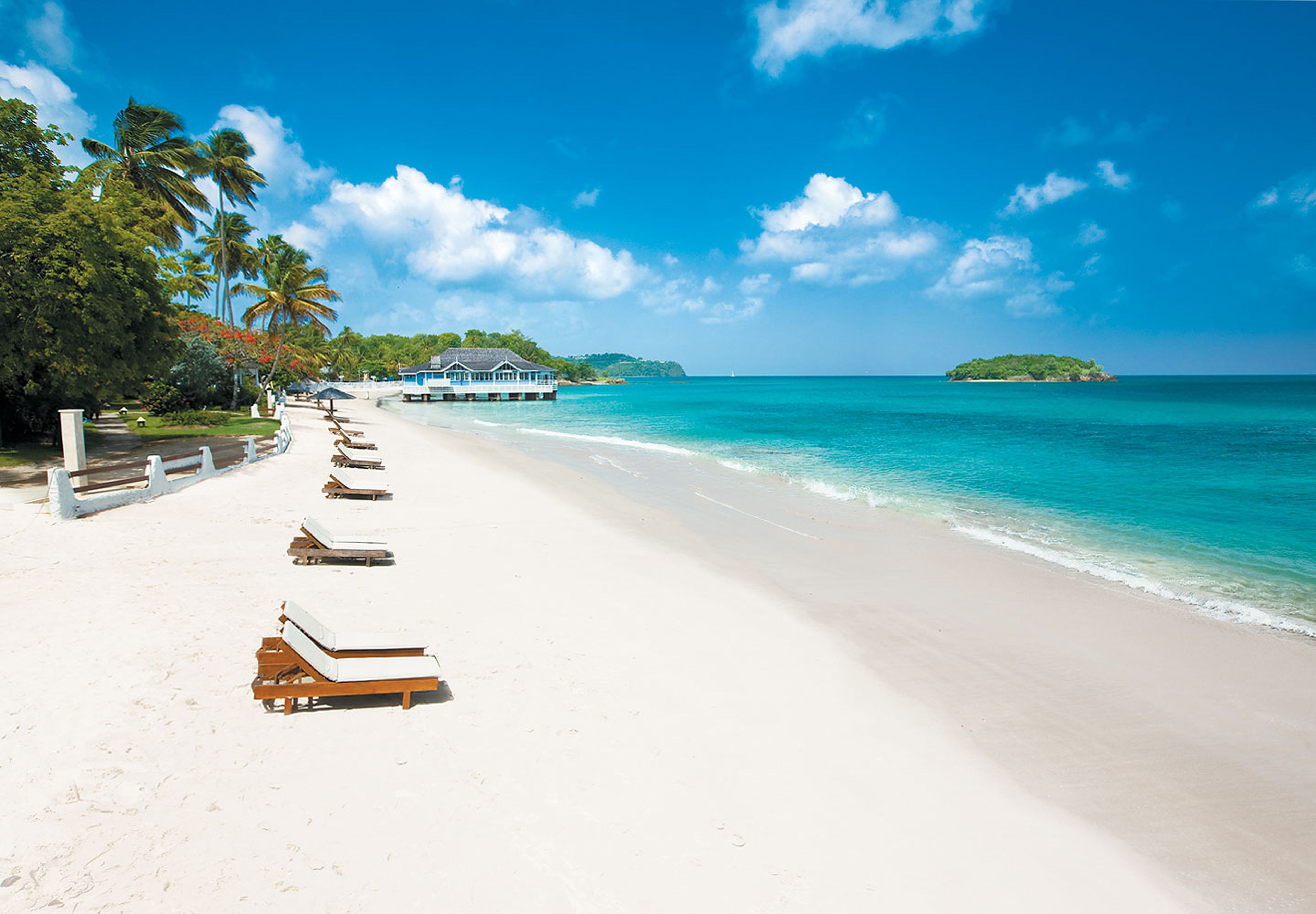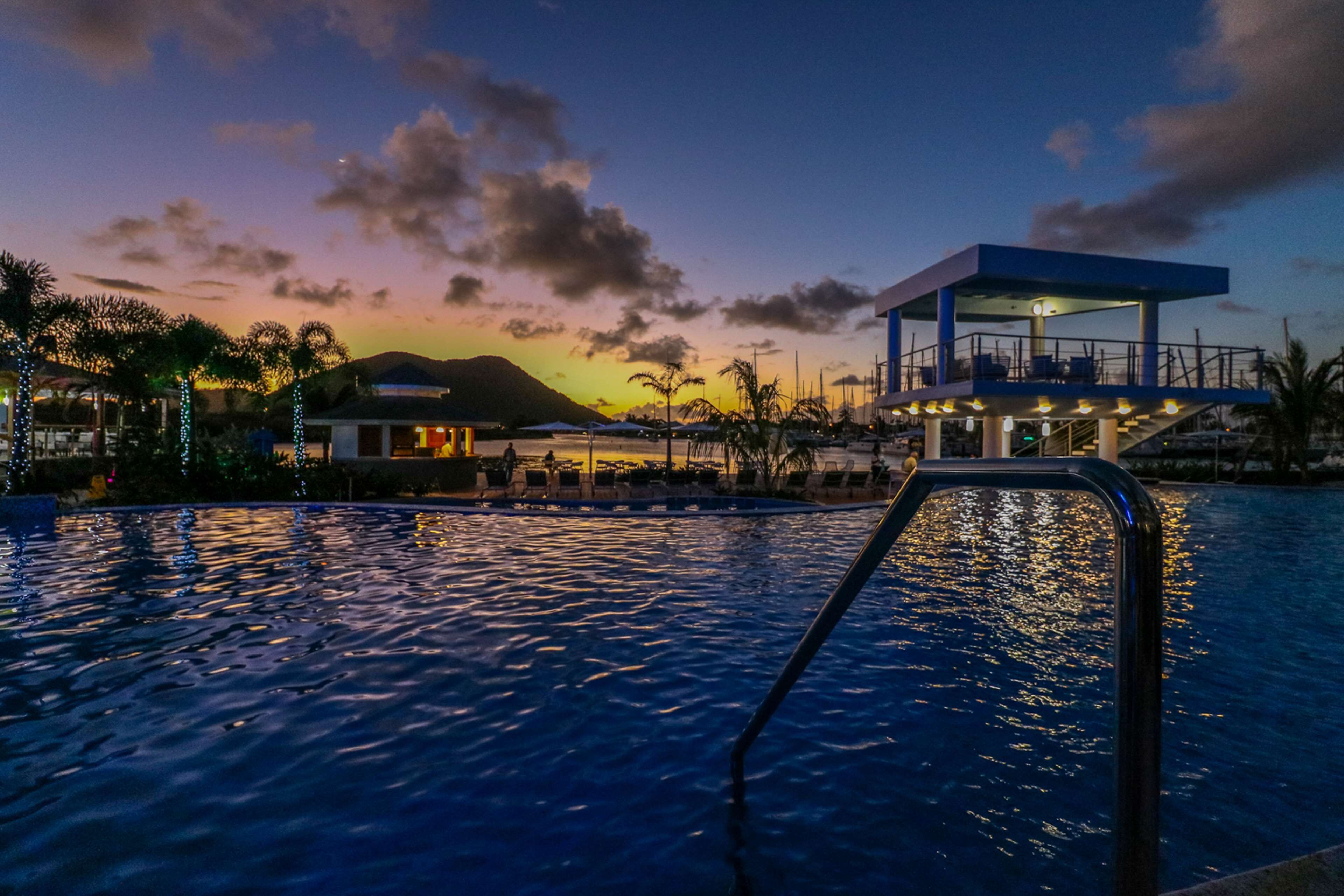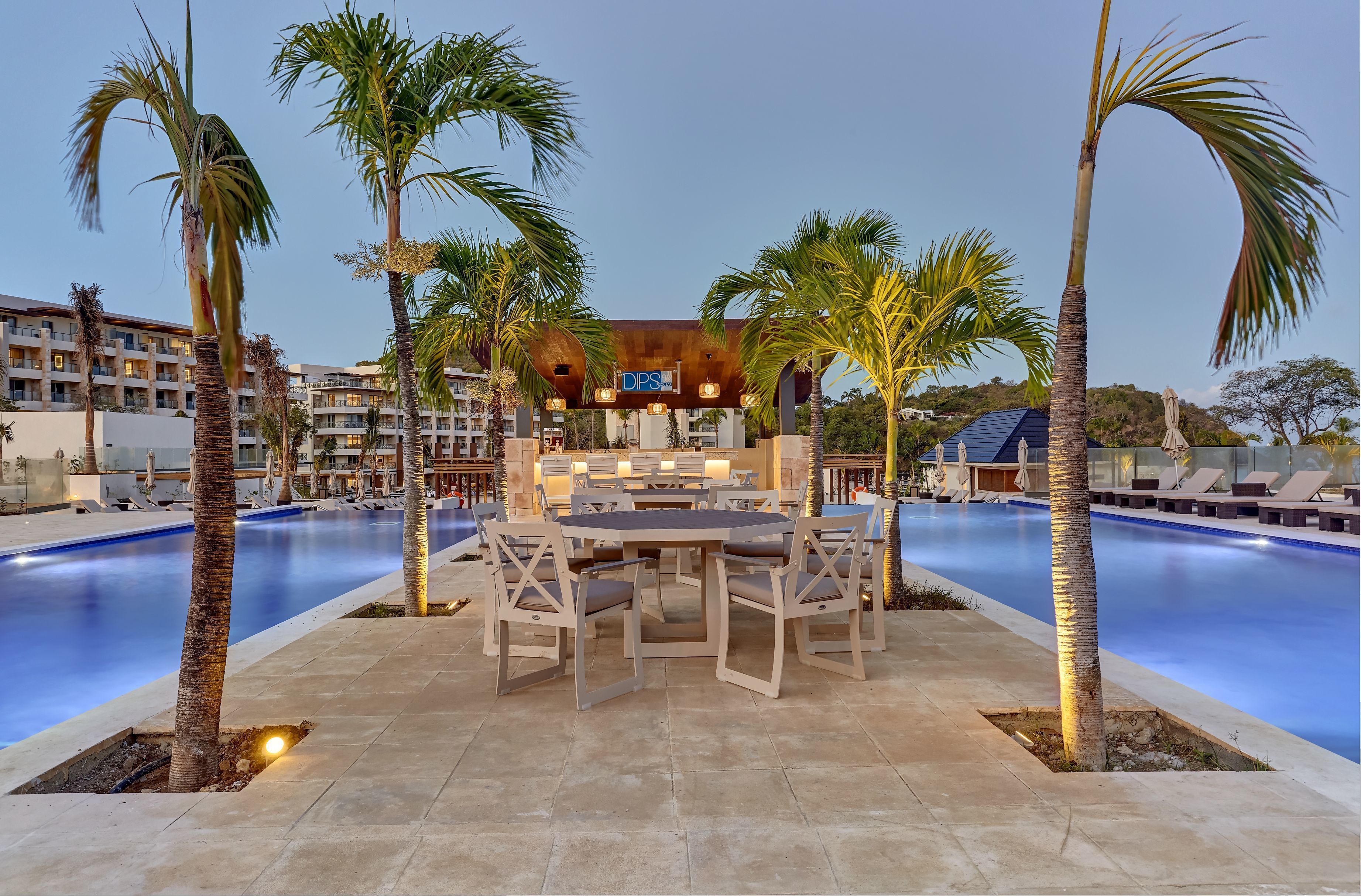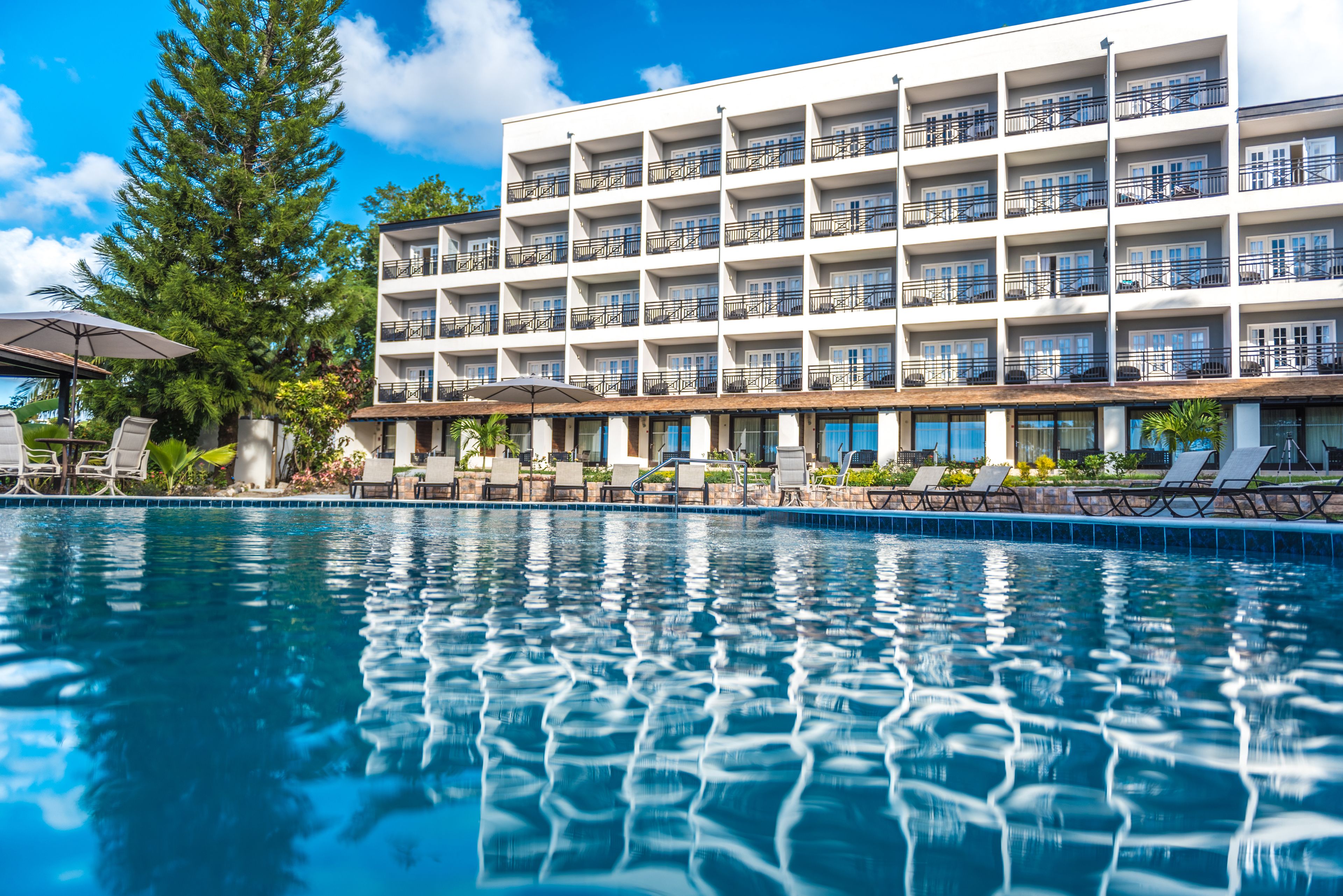Martinique
Welcome to Martinique, an enchanting island in the heart of the Caribbean. Known as the "Island of Flowers," Martinique captivates visitors with its lush landscapes, pristine beaches, and rich cultural heritage. Explore the bustling markets of Fort-de-France, where the aromas of exotic spices fill the air, or immerse yourself in the island's history at La Savane Park, home to the iconic statue of Empress Josephine. Indulge in delicious Creole cuisine, sip on world-renowned rum, or simply unwind on the sun-kissed shores of Les Salines Beach. With its blend of French sophistication and Caribbean charm, Martinique promises an unforgettable journey filled with adventure, romance, and relaxation.













